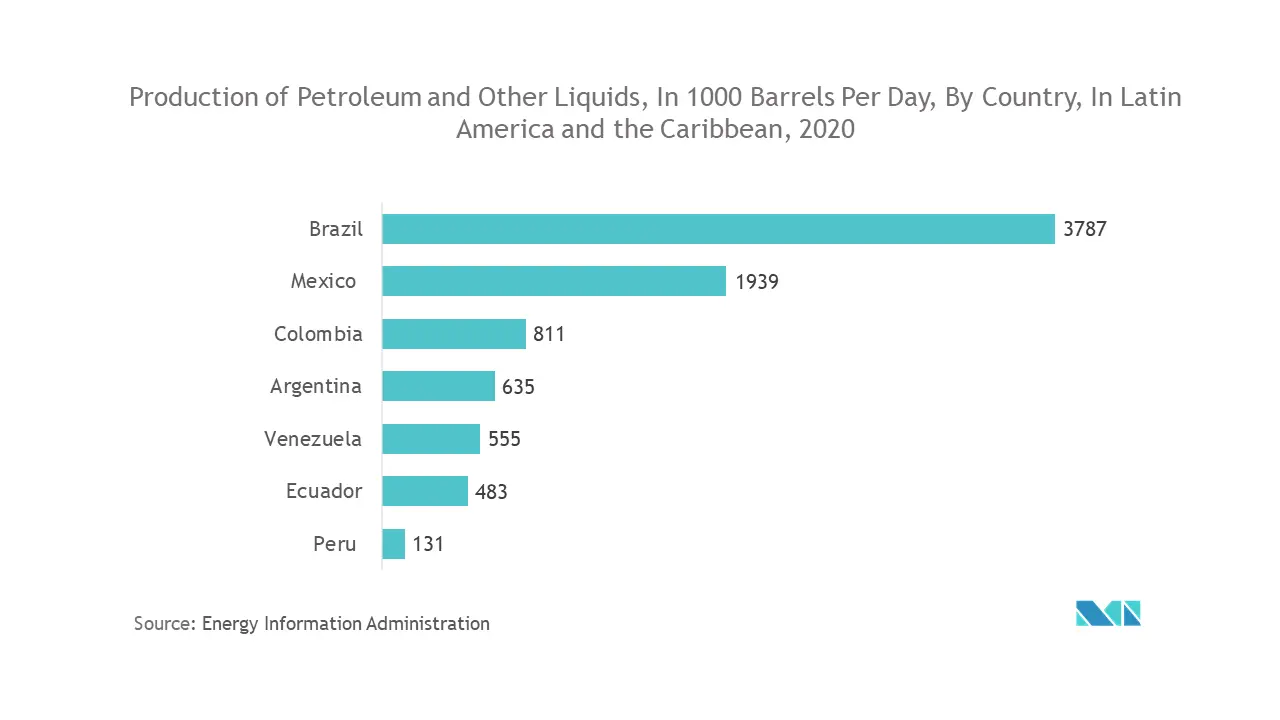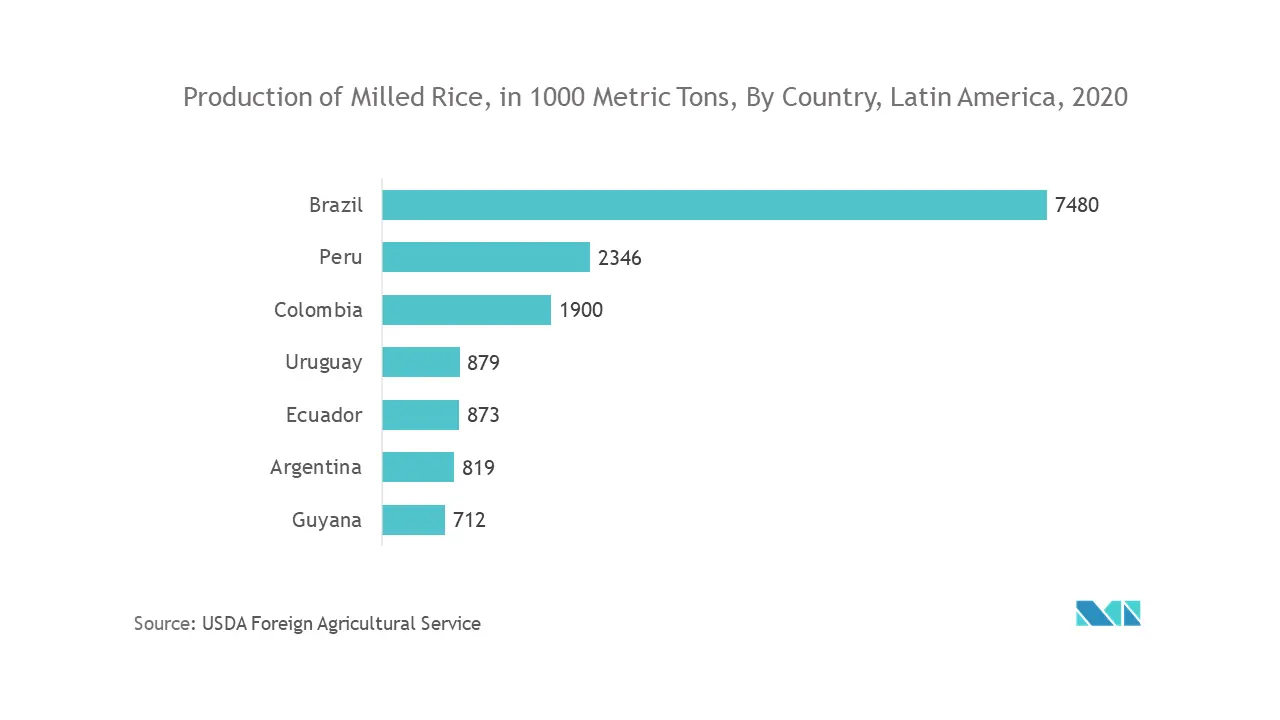Market Trends of Latin America Hazardous Location Motors Industry
This section covers the major market trends shaping the Latin America Hazardous Location Motors Market according to our research experts:
The Oil and Gas Segment is Expected to Hold a Major Market Share
- The workers in oil and gas industries are exposed to risks like fire and explosion due to the ignition of flammable vapors or gases. Flammable gases, such as vapors, well gases, and hydrogen sulfide, can be released from trucks, wells, production equipment, or surface equipment such as tanks and shale shakers. Ignition sources can include static, open flames, electrical energy sources, lightning, cutting and welding tools, cigarettes, hot surfaces, and frictional heat.
- Regular electric motors are prone to explosions when used in situations containing flammable elements such as oil and gas fumes or liquids, as they could produce high surface temperatures or sparks. The implications could vary from modest production interruptions to serious injury and even death.
- There is an upward trend in the Latin American region's production as well as consumption of oil and gas resources. According to Baker Hughes, the number of oil and gas rigs as of October 2021, Latin America had 152 oil rigs, of which 33 were offshore rigs.
- Further, according to Energy Information Administration (EIA), With almost 3.8 million barrels of crude oil, natural gas plant liquids (NGPL), and other associated liquids produced per day in 2020, Brazil was the most significant petroleum-producing country in Latin America and the Caribbean. Mexico came in second with 1.9 million barrels per day that year. After a downturn due to the COVID-19 pandemic, the oil and gas industry in the region is witnessing steady growth.
- Resultantly, the class-I hazardous location motors, which are designed so that their motor case temperatures do not exceed safe temperatures for environments where combustible gases, vapors, or liquids are present, are increasingly being adopted in the region.

Class II Hazardous Location Motors are Expected to Drive the Market
- Methane and coal dust are two of the most common explosive hazards in coal mines. When a buildup of methane gas comes into contact with a heat source, and there is insufficient air to dilute the gas level below the point of explosion, methane explosions occur.
- Similarly, fine particles of coal dust in the right concentration can be explosive when they come into contact with a source of heat. It is also possible to have hybrid explosions caused by a combination of methane and coal dust.
- The grain and milling industries are two of the most common sources of dust explosions. Flour may appear harmless, but when it is distributed in high concentrations in the air and combined with an ignition source, confined space, dispersion, and oxygen, it causes an explosion. The milling activities in the region are in an upward trend, which provides lucrative opportunities for the growth of the studied market.
- For instance, according to USDA foreign agricultural service, Brazil is a prominent milled rice producer in Latin America, with an estimated output of nearly 7.5 million metric tons in 2020; Peru followed with a production of 2.4 million tons and is expected to rise during the forecast period.
- Class II hazardous location motors, which reduce heat produced by operating at a lower current rating and employ other failsafe methods such as thermostats that disengage the motor power before it reaches critical temperatures to limit an excessive motor case temperature condition, are becoming more popular in the region.


